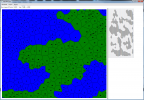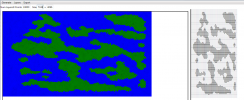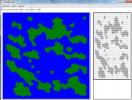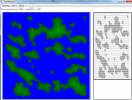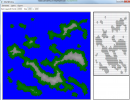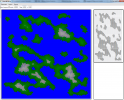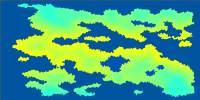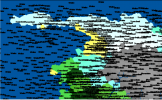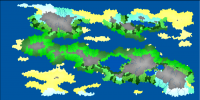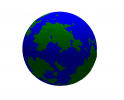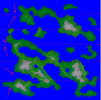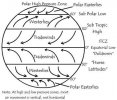I am making this thread to document the development efforts of my latest project which is a procedural Map generator for UO. It is still in early stages of development, and as the project continues to reach milestones, I will be updating this thread.
The goal of the project is to be a full map generator that will generate an entire map including:
Land Mass Generation Procedure
I am loosely following an article that shows a detailed procedure for generating islands. I am applying it to continents in much the same way. See this link for more detail ==> LINK <==
Stage One: Generate Random Points
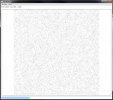
Stage Two: Delaunay Triangulation
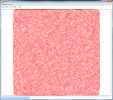
Stage Three: Voronoi Parsing
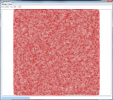
Stage Four: Voronoi Polygons Only
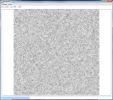
Stage Five: Cellular Automata for LandShape Generation
This ascii generation should be familiar to anyone who has played any of the Rogue-like games such as Angband. This is not the procedure for Dungeons, but rather the procedure for generating caves. See this link for more detail ==> LINK <==
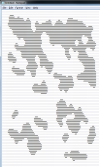
Stage Six: Translation of Cellular Automata to Voronoi Polygon Map
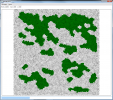
Stage Seven: Marking oceans
Having the Voronoi Polygons available on the continents will allow calculation of rivers along the edges of the polygons, and marking polygons as specific regions to later decorate with Foliage.
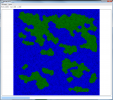
Stage Eight: View of Land Mass only with no Voronoi showing
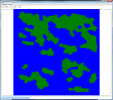
The goal of the project is to be a full map generator that will generate an entire map including:
- Land Masses
- Varied Elevations
- Mountains
- Caves
- Volcanoes
- Rivers
- Lakes
- Varies Regions with Foliage
- Swamps
- Deserts
- Forests
- Grasslands
- Tundra
- Oceans
- Roads
- Dungeons
- Ruins
- Cities
Land Mass Generation Procedure
I am loosely following an article that shows a detailed procedure for generating islands. I am applying it to continents in much the same way. See this link for more detail ==> LINK <==
Stage One: Generate Random Points

Stage Two: Delaunay Triangulation

Stage Three: Voronoi Parsing

Stage Four: Voronoi Polygons Only

Stage Five: Cellular Automata for LandShape Generation
This ascii generation should be familiar to anyone who has played any of the Rogue-like games such as Angband. This is not the procedure for Dungeons, but rather the procedure for generating caves. See this link for more detail ==> LINK <==

Stage Six: Translation of Cellular Automata to Voronoi Polygon Map

Stage Seven: Marking oceans
Having the Voronoi Polygons available on the continents will allow calculation of rivers along the edges of the polygons, and marking polygons as specific regions to later decorate with Foliage.

Stage Eight: View of Land Mass only with no Voronoi showing

Last edited:

